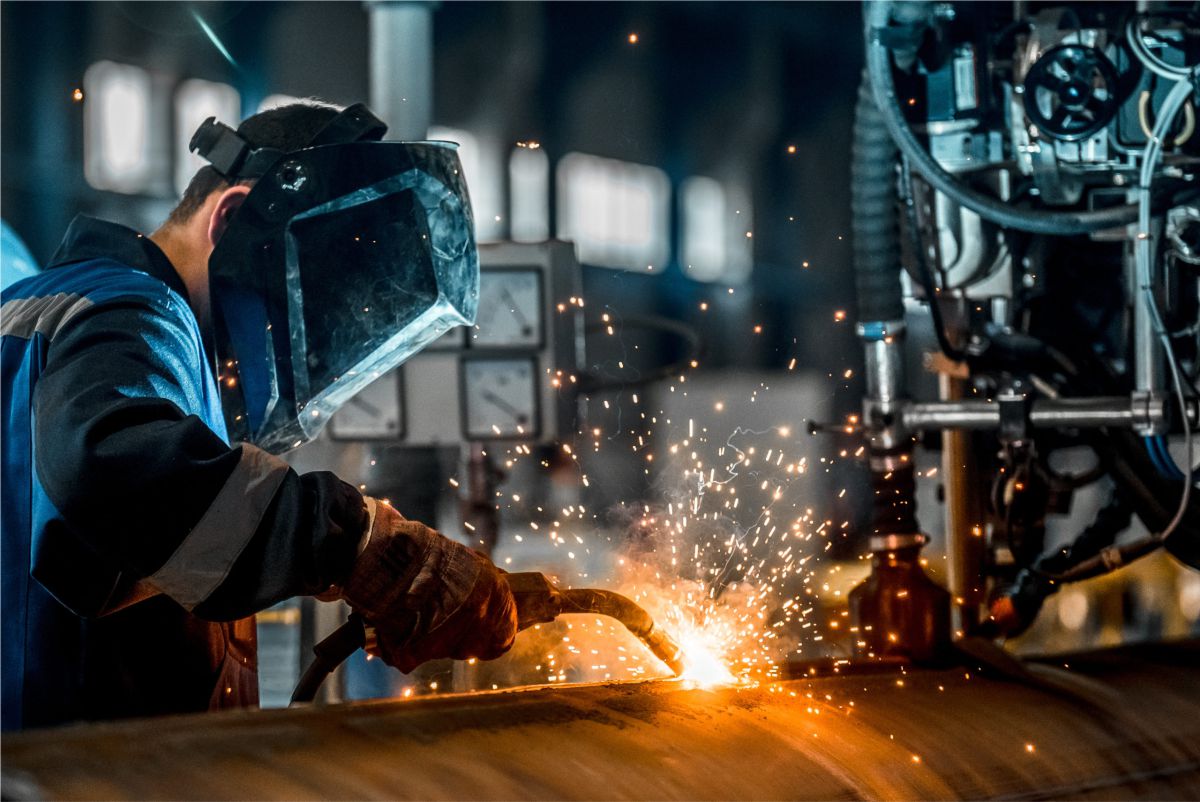Welding, the process of joining materials through heat and/or pressure, is an essential element of modern industry. Early attempts at joining metals date back to antiquity, but a significant breakthrough occurred at the turn of the 19th and 20th centuries with the invention of the first electric welding machine. This invention played a pivotal role in the advancement of welding technology.
Early Beginnings of Welding
The initial methods of welding were primarily based on blacksmith techniques, where metal was joined through heating and hammering. By the 18th century, techniques such as brazing and soldering using torches were developing. However, the real progress in welding came with the advent of electricity.
Discovery of the Electric Arc
A breakthrough in welding came in 1802 when Russian scientist Vasily Petrov discovered the electric arc phenomenon. An electric arc is a bright electrical discharge that occurs between two electrodes when a current flows through them. Petrov demonstrated the potential of using an electric arc to melt metals, laying the foundation for future welding technologies.
Birth of the First Electric Welding Machine
The first electric welding machine was developed by Russian engineer Nikolay Benardos in 1881. Working in Paris, Benardos discovered that an electric arc could be used to join metals. He created a device called the “electrogefest,” utilizing electric current to generate an arc that melted the metal, allowing it to be joined.
In 1885, Benardos patented his technology, which became known as the carbon arc welding method. This method involved using a carbon electrode to produce an electric arc that melted the metal at the welding point. While this was a pioneering technology, it had limitations such as brittleness of the joints and difficulties in controlling the process.
Improvements and Development
The next significant advancement in welding technology came from a variety of inventors and engineers who sought to improve upon Benardos’ initial design. One notable figure was Swedish inventor Oscar Kjellberg, who in 1907 developed the covered or shielded electrode. This innovation involved coating the electrode with a material that stabilized the arc and protected the weld from contamination. Kjellberg’s invention led to the creation of more reliable and higher-quality welds, significantly advancing the field of welding.
Another important development was the introduction of alternating current (AC) for welding by American inventor C.J. Holslag in 1919. AC welding machines offered better control and efficiency compared to direct current (DC) machines, further expanding the capabilities and applications of welding.
The Legacy of Early Welding Machines
The early innovations in welding machines set the stage for the modern welding industry. The principles discovered and the technologies developed in the late 19th and early 20th centuries have been refined and expanded upon, leading to the sophisticated and highly specialized welding equipment used today. From construction and manufacturing to aerospace and automotive industries, welding machines play a crucial role in creating strong, durable joints in a variety of materials.
The journey from Petrov’s discovery of the electric arc to the invention of the first electric welding machine by Benardos, and the subsequent improvements by pioneers like Kjellberg and Holslag, highlights the importance of innovation and collaboration in technological advancements. These early welding machines not only revolutionized the process of joining metals but also paved the way for future developments in welding technology.

